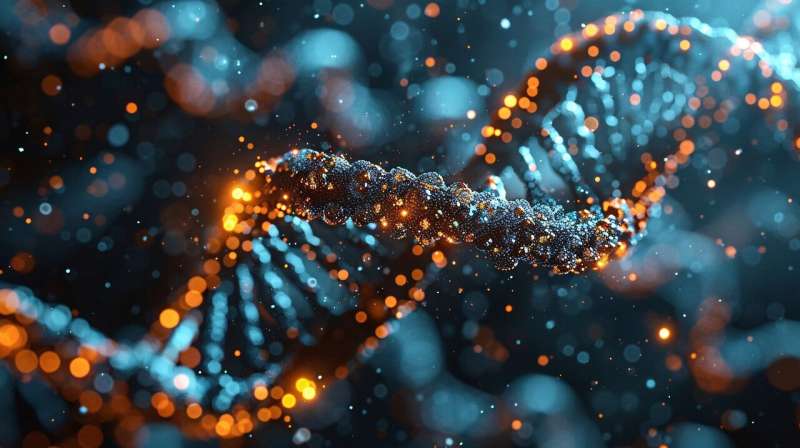In humans, the researchers found that STAG3 is highly expressed in immune B cells and in B-cell lymphomas (a type of blood cancer), and blocking it slowed the growth of these cells. This discovery might open the door to new strategies for treating infertility and certain cancers.
The results of this study are published in Nature Structural & Molecular Biology.
Our bodies contain many different types of cells, yet they all contain the same DNA. What makes each cell type unique is how this DNA is modified, packaged, folded, and organized. Think of DNA as a very long piece of string. Inside every nucleus, about two meters of this DNA string must be folded and stored in a space smaller than the width of a human hair.
This folding is highly organized, with special boundaries called insulation that separate different regions of DNA and control which genes are turned on or off. Ring-shaped protein complexes called cohesins serve as the key players that create these boundaries. Cohesin complexes were previously thought to exist in two main forms: mitotic cohesins (contain STAG1 or STAG2 together with RAD21) and meiotic cohesins (contain STAG3 together with REC8 or RAD21L).

